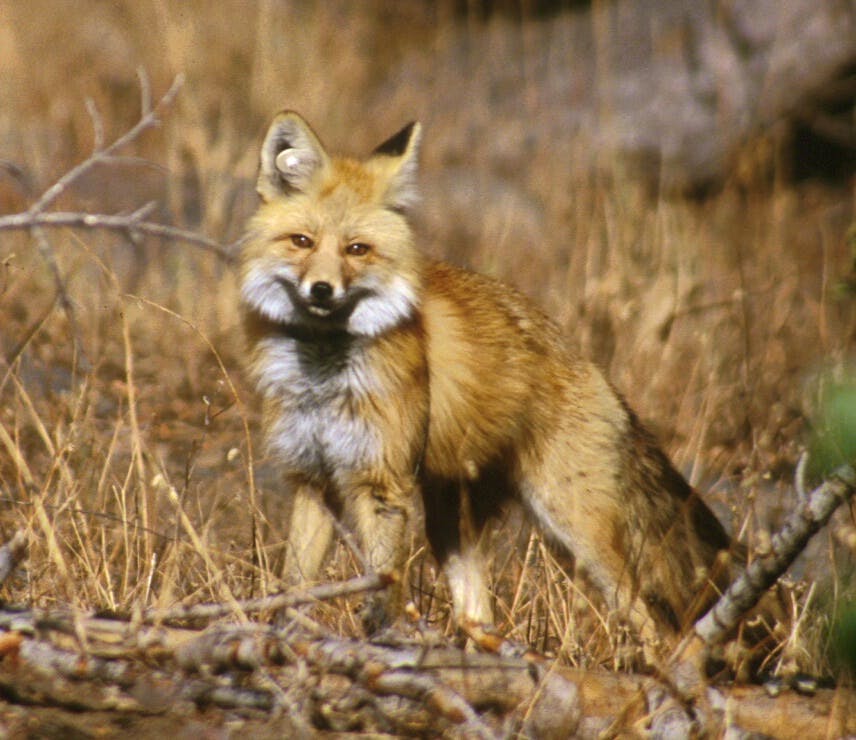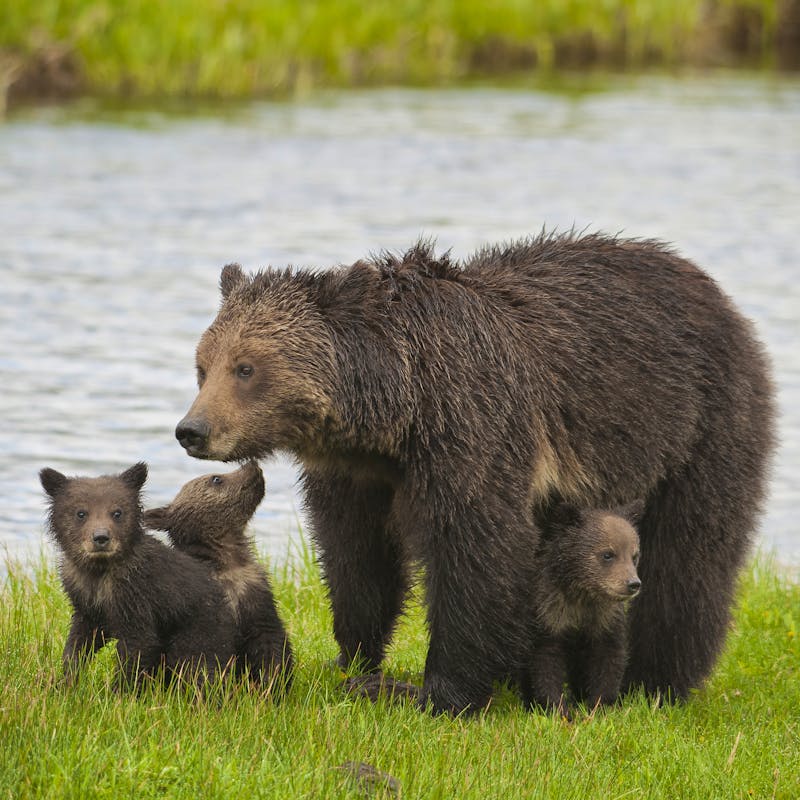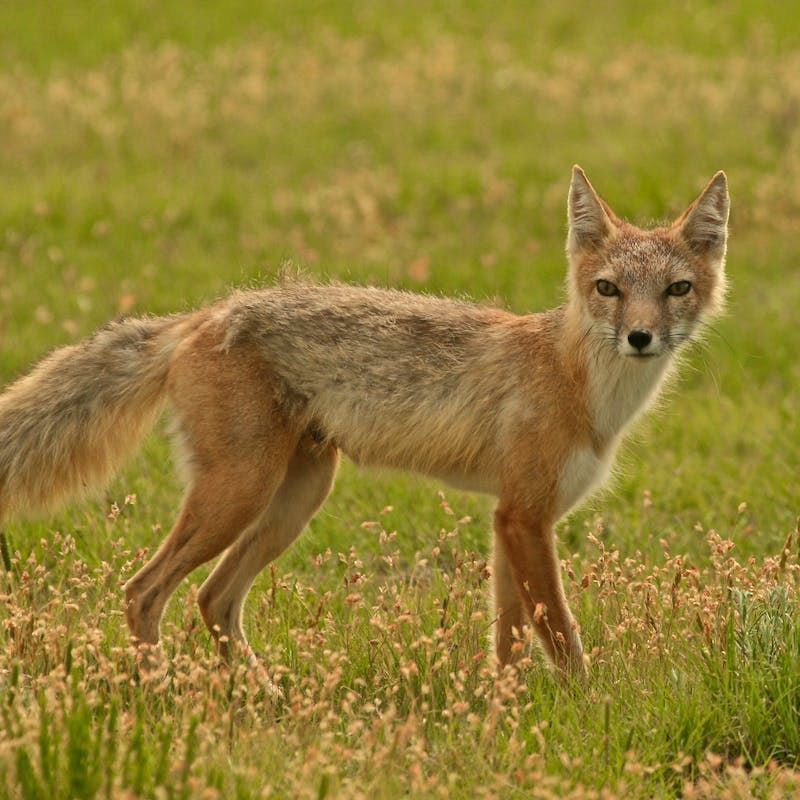Join our mobile Rapid Response Network!
You can be the first to hear about how we’re going to hold this administration accountable and how you can fight back for wildlife!
Sierra Nevada red foxes are a mountain-dwelling subspecies of red fox.
They are adapted to the cold and snow with their well-furred paws, longer hind legs and slightly smaller than other foxes. These adaptations are critical in the high elevations where this fox is found today.
Why are Sierra Nevada red foxes imperiled?
Historically, Sierra Nevada red foxes ranged from the Oregon Cascades to Sequoia-Kings Canyon National Parks, California. Hunting, poisoning and predator eradication programs in the 1900s caused a decline so extreme the subspecies was believed to be extinct in California. The fox was rediscovered in 2010 by a remote camera trap near Sonora Pass.
Today, there are two distinct population segments: the Sierra Nevada DPS — which are found along the Sierra Crest from just south of Lake Tahoe through Yosemite and Sequoia-Kings Canyon National Parks — and the Southern Cascades DPS, which are found in northern California near Lassen National Park and north into Oregon. The Sierra Nevada DPS was listed as endangered under the Endangered Species Act in 2021 with less than 39 individuals remaining.
Climate change also poses a threat to these foxes. Since Sierra Nevada red foxes are specialized for snowy areas, they can hunt in snowy areas that other carnivores, like coyotes, cannot reach. With less snow cover each yea r, other carnivores may outperform or prey upon this fox.
The fox’s small population size means there is a high chance of inbreeding and less genetic diversity, making them more susceptible to diseases and other catastrophic events. Sierra Nevada red foxes also risk hybridization with non-native red foxes, which do not have the specialized characteristics the native foxes possess. Adaptations are less pronounced in hybrid kits.
Climate change, small population size and hybridization with non-native red foxes are the three primary threats to Sierra Nevada red foxes.

Defenders' Impact
Defenders is fighting for much needed critical habitat designation for Sierra Nevada red foxes. These important habitat protections would help reduce additional habitat stressors and risks of additional habitat modification in the long term. Designated critical habitat would also protect connectivity between native red fox populations, helping increase population size, current geographic range and gene flow.
What You Can Do
Be respectful when exploring areas where endangered wildlife lives. Never feed wildlife and pick up all trash when hiking in the High Sierra, especially along the Pacific Crest Trail. Feeding and trash deposition make foxes accustomed to humans, which ultimately can place them in danger. If you do spot a Sierra Nevada red fox during your adventures, be sure to snap a photo of the animal and report the sighting with the picture and location to the U.S. Fish and Wildlife Service.

About
Sierra Nevada red foxes historically ranged from Mt. Hood in the Oregon Cascades, through the Southern Cascades to Mt. Shasta and Mt. Lassen in northern California, and down the spine of the Sierra Nevada to the area of Sequoia-Kings Canyon National Parks. Today, foxes in the Sierra Nevada DPS are found in California’s Sierra Nevada and Southern Cascades DPS foxes are found in northern California and north into Oregon. These foxes live in areas above 9,000 feet in elevation.
According to the FWS, only 18 to 39 individuals in the Sierra Nevada DPS of Sierra Nevada red foxes remain in the wild today.
These foxes are nocturnal, with some activity at dusk and dawn.
Little is known about Sierra Nevada red foxes’ reproduction. They are likely similar to other North American red foxes, who are predominately monogamous. Red foxes usually make their den using natural openings in rock piles at the base of cliffs and slopes.
Mating season: Likely, late winter and early spring
Gestation: 51 to 53 days
Sierra Nevada red foxes primarily eat rodents, snowshoe hares and white-tailed jackrabbits. They also will eat caches of whitebark pinenuts when the trees release large number of nuts every few years.
News








